Scaling cliff faces without a rope might sound like madness for many people.
But rather than being scared, 25-year old climber Anna Taylor enjoys “controlling the fear” that could otherwise send her to her death.
The adventurer is no stranger to taking on challenges around the world.
She’s bike-packed through the Tasmanian wilderness, became the first woman to successfully ascend the otherworldly Mount Roraima in the Amazon (definitely with ropes!), and became the first person to complete a self-powered Lakeland Classic Rock Round – combining 15 classic rock routes by running in between each climb.
But when she gives talks to the Royal Scottish Geographical Society in Dundee and Dunfermline in early December, she’ll also explore the mental challenges that come with these objectives.
That includes the ability to combat fear, the art of perseverance, and the benefits of throwing herself in at the deep end to “see what happens”.
Has Anna Taylor ever felt in danger during her climbs?
Speaking to The Courier from her home in the Lake District, Anna said she’d “done pretty well” not having any big accidents in her young life.
But she reveals she has found herself in situations where she’s had to stay focussed and calm to get out of them safely.
“I have been in quite a few positions – mainly where I’ve been soloing without a rope on big mountain crags on my own, either where the weather’s come in or I’ve accidentally strayed off the main route into terrain that was harder than anticipated,” she said.
“In those moments, you start to appreciate the seriousness of the situation that you are in and you know if you make even one little mistake that could, without sounding dramatic, result in your death.
“I’ve definitely felt that.
“But fortunately I’ve never gone so far to have something bad happen.”
How does Anna Taylor ‘control the fear’?
Anna says a lot of people think she must get an adrenalin rush from climbing without ropes.
But for her, it’s more about being able to “control the fear and push that down to a point where it’s not crippling you”.
“Rather than being an adrenalin rush, I’ve heard some people say climbing is meditative,” she said.
“It kind of is. When everything is going right it kind of shuts down all the other thoughts that are gong round in your head.
“You know you’ve just got one job to concentrate on which is the rock face in front of you.
“I’ve always loved that. I find it really absorbing. It’s definitely something I enjoy spending a lot of time doing.
“But if I have had an adrenalin rush, it’s been when I’ve got into a situation where I know it could end badly. Those are situations I try to avoid.”
How did Anna Taylor get into climbing?
Based in Windermere, Anna has lived in the Lake District all her life.
Her parents were into “outdoorsy-stuff” and she was brought up in a household where they did lots of kayaking and fell running and being in the mountains.
She was 10 years-old when she first started climbing at her local climbing gym in Kendal.
But it wasn’t until she was about 18 or 19 that she started climbing outside.
“When I was a kid, climbing was definitely a fun thing,” she said.
“I think I was naturally good at it in that I naturally had quite good balance and coordination.
“I took to it pretty quick.
“But at school they force you into a lot of team sports like football, basketball, that sort of thing, and I never really enjoyed team sports where you had to rely on other people to succeed.
“That’s something I really liked about climbing straight away that if you wanted to get to the top of a climb that was entirely up to you.
“It was quite a single minded activity I suppose.”
Why did Anna Taylor give up climbing for a while as a teenager?
Anna actually gave up the sport for a few years aged 15, and got into music instead.
She started playing bass guitar.
When she left school, she studied music at college in Kendal for about three years and played in lots of bands.
But it was band members that got her into indoor climbing again.
Then when she started working at her local climbing wall and met Neil Gresham, who is widely regarded as one of the world’s leading voices in performance coaching for climbing, everything changed.
After meeting each other in the bouldering area and becoming friends, he introduced her to outdoor climbing.
“I think the main thing I enjoy about climbing is the problem solving element to it,” she said.
“Every single climb is a completely different set of movements.
“I find that variety really inspiring. Also with the sort of climbing I do now, I do a lot of solo climbing – so climbing without ropes or traditional climbing where the protection on a rock face is sometimes quite limited – it can get a little bit dangerous.
“I quite enjoy the challenge of being able to shut your mind down and block out all the fear and being able to climb as fluidly as you would in a completely safe situation.
“I like the contrast between the physical and mental challenge.”
Anna had to ‘learn’ how to overcome fear
While overcoming fear might come naturally to some people, Anna says it’s something she definitely had to learn.
When she first started climbing without ropes, she found it “absolutely terrifying”.
She was really scared and now concedes her first routes were maybe a “little too hard” for her at the time.
However, it’s certainly something she’s developed.
The key, she says, is learning how to “shut down your brain and deal with the rational fear and the irrational fears that you have”.
What was Anna Taylor’s first big international climb?
“My first big climb – which was definitely with ropes – was in 2019,” she said.
“I went on a big expedition led by a climber called Leo Houlding to Guyana.
“We went to the Amazon rainforest and we climbed a huge mountain called Mount Roraima (9,094 feet or 2,772 metres) which is right in the middle of the jungle, about 100km from the nearest civilisation.
“The rock face that we climbed: it was so big that we spent two weeks living on the face itself, slowly progressing up it after a two week trek just to get to it in the first place.
“We were out there for a month. That was an absolutely crazy experience.
“Just being somewhere so remote and serious in a lot of ways.
“It was absolutely wonderful as well being able to experience the rainforest and all the plants and animals and cool stuff that comes with that.
“Just to see that part of the world.
“Then after that, Covid-19 happened, so I couldn’t really do anything for about a year or so.”
What inspired Anna Taylor when looking for UK climbs?
With international travel still largely banned at that time, Anna decided to look closer to home for some interesting adventures.
She was inspired by a famous climbing guide book called Classic Rock which was written by Ken Wilson in 1978.
It’s a compilation of 83 of what the author decided were the best rock climbs up to a certain grade on the biggest cliffs in Britain.
Anna decided she wanted to do all of them, which she did last year in just 53 days.
But to make it more of a challenge, she decided to cycle between them carrying all her own equipment.
As well as the Highlands, the challenge took in the Lake District and Snowdonia in Wales.
In all, she climbed more than 12,000m (39,000ft), cycled more than 1,000 miles (1,600km) and ran or walked almost 200 miles (340km).
“Mostly I did the challenge on my own,” she said.
“I climbed about 90% of the routes without a rope.
“That was a really cool experience as well in terms of being able to function for myself.
“The big expedition I’d previously done – it was run by someone else so I didn’t have to make any of those important decisions.
“But on this trip it was me who was having to come up with and try and make all the right calls in terms of my own safety.”
Anna Taylor also went bike-packing with her partner Mat in Tasmania
The third adventure that Anna will talk about in her RSGS talks is a trip she made to Tasmania at the start of this year with her partner and fellow climber Mat Wright, who she initially met through social media.
This was the first large scale trip she’s done didn’t involve climbing at all.
Tasmania is really famous for its national parks with about 15 of them on the mainland.
Their objective was to cycle between them all, carrying all their stuff again, and reach the highest point of each of these national parks.
“Probably in terms of physicality, it was the hardest thing I’ve ever done,” she said: “because we were making a film as we progressed, part of which I’m going to show at these events.
“Having to carry all the camera kit, food, water that we needed to get into these remote areas was really hard work.
“It took us just over two months to complete in the end, so we were out there on our own for a long time.”
How conscious is Anna Taylor about the environment during her travels?
Anna says there are “quite a few things left for sure” on her bucket list of places to visit.
She’s delighted her sponsor Berghaus are “pretty helpful in terms of making things happen”.
As an environmentally conscious young woman, however, she’s also like to “dial back the travelling a little bit” this coming year for environmental reasons.
“I’ve been doing a lot of big adventures over the last few years and I’d quite like to spend more time just focussing on just purely climbing again and seeing how far I can take that,” she said.
“Because when I’m away doing these big objectives, there’s no way I can physically train for rock climbing.
“I’m keen to just spend a bit of time getting stronger and seeing how hard I can physically push myself on the rock.”
Anna says there’s some “pretty good climbing” close to where she lives in the Lake District – although the weather can be “notoriously bad”.
Overall, she says the UK climbing scene is “incredible”.
“There’s places up in Scotland that are just amazing,” she added.
“There’s Northumberland, North Wales, down on the south coast.
“I think it’s pretty under-rated.
“In the global sense, people don’t talk about the UK a lot for rock climbing.
“But we’ve really got a lot I think.
“I’ve always enjoyed exploring it personally.”
Is Anna Taylor inspired by other female climbers?
Inevitably, recent headlines have often focussed on Anna as someone who is “blazing a trail for women climbers”.
When she started climbing 15 years ago, there was “definitely a lack of women at indoor climbing walls”, she says.
Now though she thinks it’s about “50:50” in most places – although for the types of climbing she specialises in she says it’s still mainly male dominated.
“I think maybe women in general are maybe less willing to take big risks, which is understandable,” she said.
However, she’s delighted to be doing her own thing and looks up to French climber and mountaineer Catherine Destivelle who was “doing lots of cool stuff with her crazy bravery and motivation” in the ‘80s and ‘90s’ and is considered one of the greatest and most important female climbers in the history of the sport.
How to get tickets for Anna Taylor’s talks in Dundee and Dunfermline
*Anna Taylor is giving an RSGS talk at Dundee University at 7.30pm on December 5 and at Dunfermline High School at 7pm on December 6.
For tickets go to www.rsgs.org
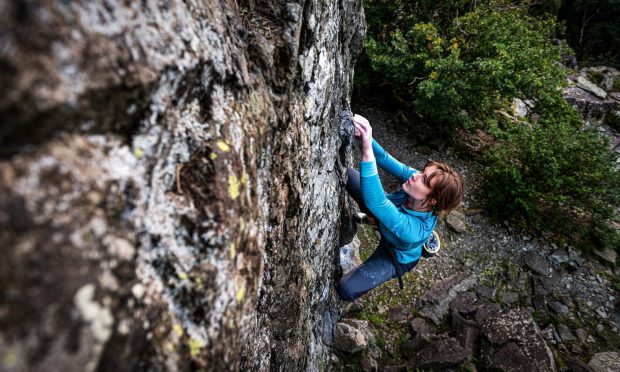
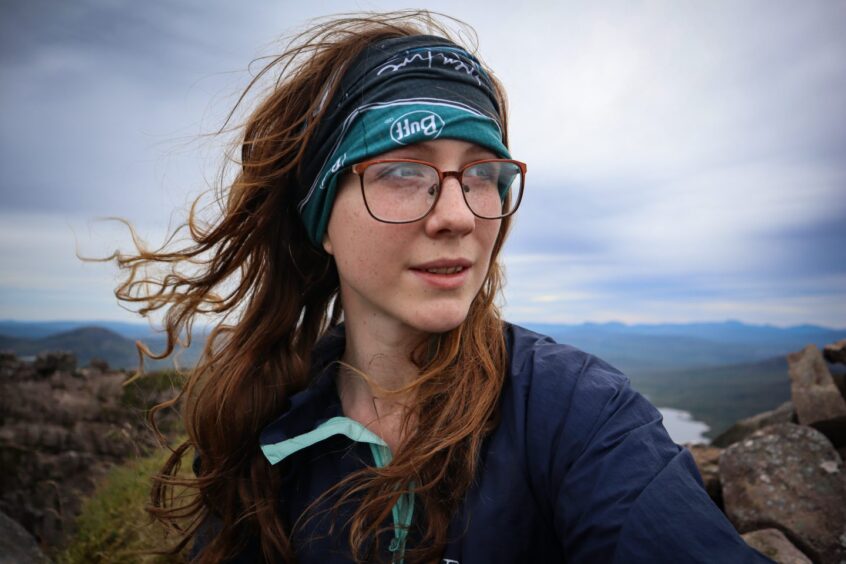
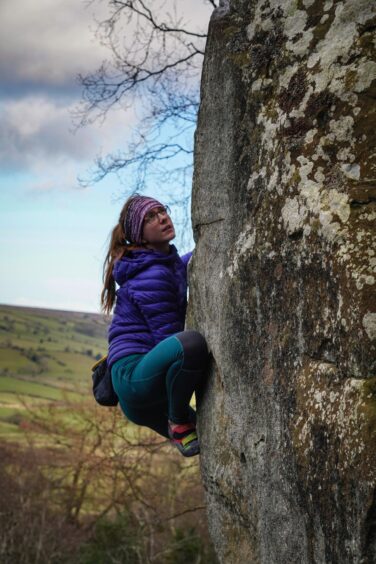
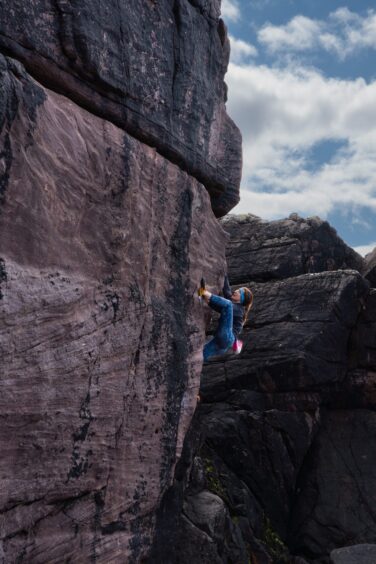






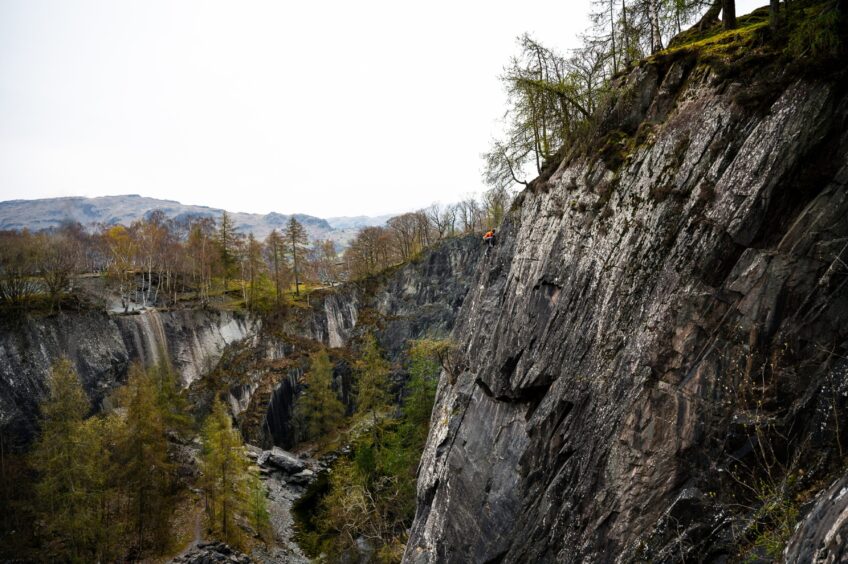
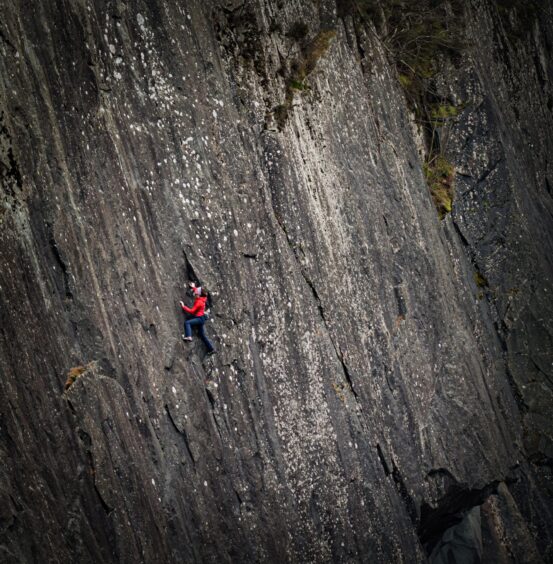
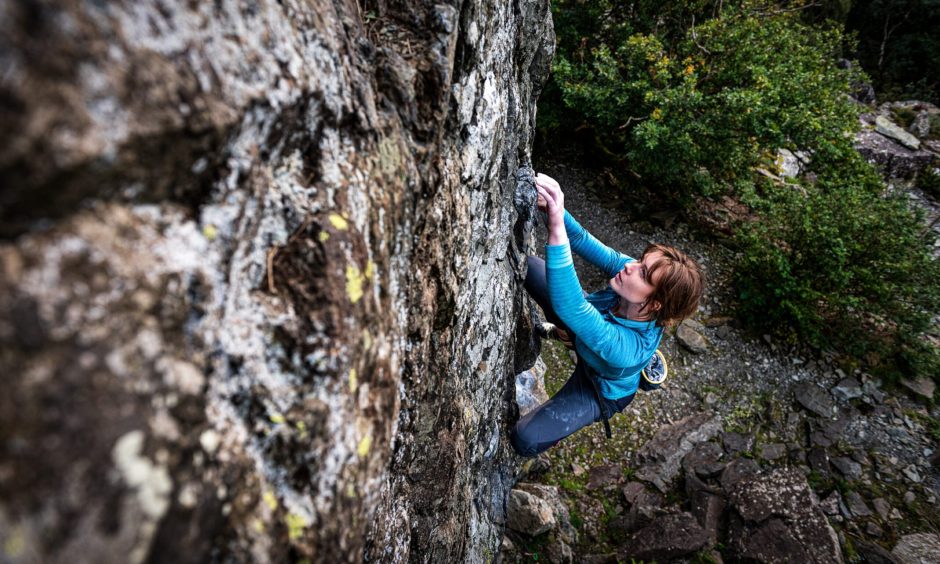




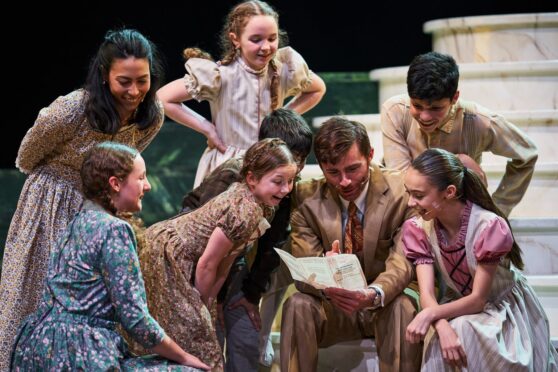
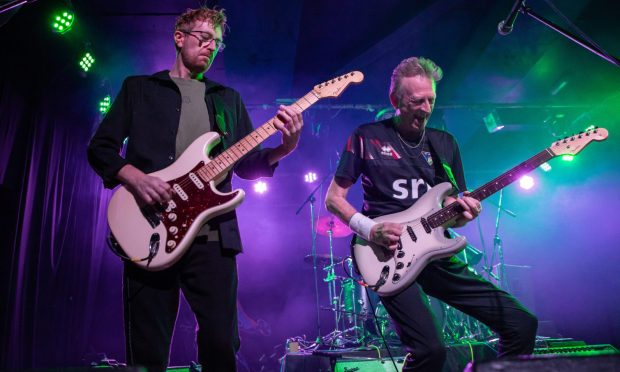

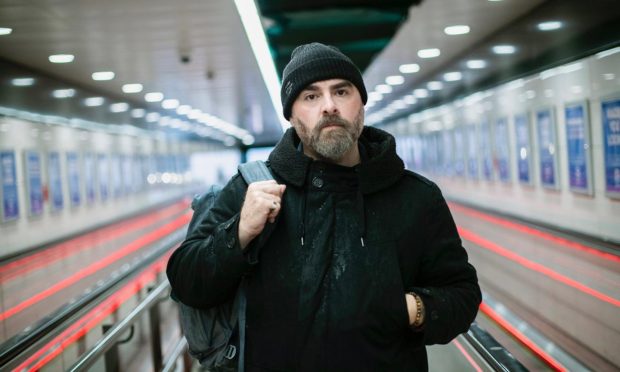
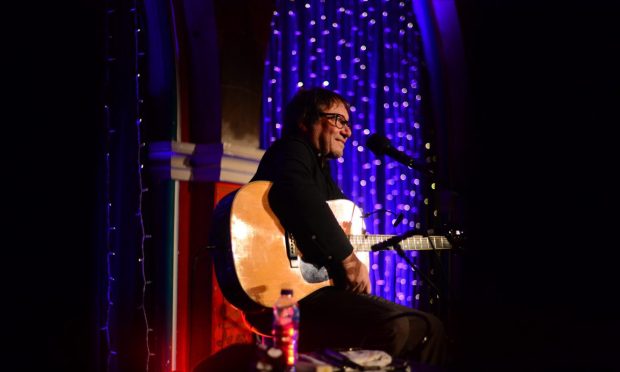
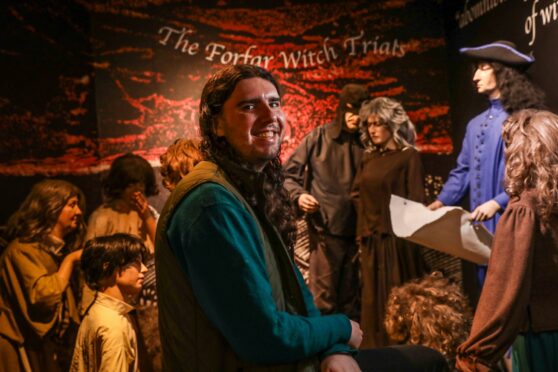
Conversation